As the sun crests the horizon, wild turtles instinctively seek out basking spots, their ancient rhythms tuned to the daily arc of sunlight. For our captive shelled companions, replicating this fundamental aspect of their well-being falls entirely to us, their caretakers. The choice of a basking lamp and the management of UVB exposure are not mere accessories to a habitat; they are pillars of health, influencing everything from metabolic function and shell integrity to overall vitality and behavior. Navigating the vast market of lighting options, with its technical jargon and conflicting advice, can feel overwhelming. This guide aims to cut through the noise, offering a clear, practical, and in-depth look at creating an optimal luminous environment for your pet turtle.
The cornerstone of understanding reptile lighting lies in grasping the difference between heat and ultraviolet radiation. A common misconception is that a bulb that produces warmth also automatically provides beneficial UV rays. This is rarely the case. The basking area you create must serve two distinct but equally critical purposes: thermoregulation and synthesis of vitamin D3. Thermoregulation is managed by a basking bulb, which is typically an incandescent or halogen lamp that emits visible light and infrared radiation (heat). This allows your turtle to raise its core body temperature, which is essential for digestion, immune response, and general activity levels.
Ultraviolet light, however, is a separate component. It is divided into three bands: UVA, UVB, and UVC. UVA is visible to many reptiles and can influence behavior, appetite, and breeding. UVB, specifically in the narrow range of 290-320 nanometers, is the catalyst that allows a turtle to produce vitamin D3 in its skin. This vitamin is crucial for the proper metabolism of calcium. Without it, dietary calcium cannot be absorbed effectively, leading to metabolic bone disease (MBD), a debilitating and often fatal condition characterized by soft, deformed shells and weakened bones. UVC is harmful radiation, which quality bulbs filter out.
Selecting the right UVB bulb is the single most important decision you will make regarding your turtle's lighting. Not all UVB bulbs are created equal, and the needs of a species from a shaded forest floor are vastly different from those of a turtle native to sun-drenched riverbanks. The first consideration is the bulb type. Fluorescent tube bulbs are the gold standard for most setups. They distribute UVB evenly across a wide area, mimicking the spread of natural sunlight and reducing the chance of creating a harmful "hot spot" of UV intensity. They are ideal for large enclosures and need to be replaced approximately every 6 to 12 months, as their UVB output degrades over time even if the bulb still produces visible light.
Compact fluorescent lamps (CFLs) or coil bulbs are a smaller, more energy-efficient option. While convenient for smaller tanks, they have received criticism for sometimes producing uneven or overly intense zones of UVB, which could potentially cause photokeratitis (eye irritation) if placed too close to the basking area. Mercury vapor bulbs are a powerful all-in-one solution, emitting significant amounts of heat, UVA, and UVB from a single source. They are excellent for very large enclosures or outdoor habitats but can be too intense and desiccating for standard indoor tanks, often requiring careful monitoring of temperatures and humidity.
Beyond the type, the strength of the bulb, measured by its UVB output percentage, is critical. A 2.0% to 5.0% output bulb is typically suited for tropical forest species or shaded-dwellers that require lower levels of UVB. For most common aquatic turtles like sliders, cooters, and painted turtles, which are prolific baskers, a 5.0% to 10.0% UVB bulb is appropriate. For species native to arid, intensely sunny environments, a 10.0% or even higher output might be necessary. Always research the specific Ferguson Zone classification or natural history of your particular species to make an informed choice.
Placement and distance are where theory meets practice. A perfect bulb rendered useless by incorrect installation is a common tragedy. The effective range of UVB is limited. Follow the manufacturer's guidelines for the recommended distance between the bulb and the turtle's shell when it is basking. This distance is usually between 12 and 18 inches for a standard 10.0 UVB tube. The bulb must be mounted overhead, not at an angle, and there should be no glass or plastic between the bulb and the basking area, as these materials filter out over 95% of essential UVB rays. A mesh screen lid will also block a significant portion of UVB; if you must use one, ensure the basking platform is closer to the bulb to compensate, or cut a large hole in the mesh directly above the basking spot.
The duration of daily UVB exposure should seek to mimic a natural photoperiod, the length of a typical day. A consistent cycle of 10 to 12 hours of light followed by 12 to 14 hours of complete darkness is ideal for most species. This rhythm supports natural circadian rhythms, promoting healthy sleep and activity patterns. Using a simple plug-in timer is the most effective way to maintain this consistency automatically, ensuring your turtle receives its light even if your daily schedule is erratic. This eliminates the risk of human error and provides stability for your pet.
It is a dangerous myth that turtles can "store" vitamin D3 for long periods. The process is ongoing, and consistent daily exposure is key to preventing deficiency. However, more is not always better. Overexposure to UVB is a possibility and can lead to skin and eye problems. This is why providing ample shaded areas and retreats within the enclosure is non-negotiable. Your turtle must always have the choice to self-regulate, moving in and out of the light and heat as its body dictates. A basking area that is inaccessible or too small forces the animal into an unhealthy binary of overexposure or deprivation.
The environment around the bulb also plays a role. Reflective surfaces can intensify UVB exposure. Many commercial hoods come with reflective aluminum backing to maximize the spread of light downward into the tank. Humidity and ambient temperature can also affect the bulb's output and lifespan. Furthermore, it is crucial to remember that UVB cannot be seen by the human eye. A bulb that looks bright to us may have long since ceased producing adequate ultraviolet radiation. This is why adhering to a strict replacement schedule, as recommended by the manufacturer (usually every 6-12 months for fluorescents), is a non-negotiable aspect of responsible care. Mark the replacement date on your calendar when you install a new bulb.
Observing your turtle's behavior is the ultimate test of your lighting setup. A healthy turtle under the right conditions will bask regularly and confidently, often stretching its legs and neck to maximize surface area to the light. It will have a strong appetite and exhibit normal, alert behavior. Signs of a problem include lethargy, loss of appetite, avoiding the basking area entirely, swollen or closed eyes, or softening of the shell and jaw—a potential indicator of metabolic bone disease. If you observe any of these signs, reassess your lighting immediately. Check distances, bulb age, and fixture setup, and consult with a veterinarian experienced in reptile care.
In conclusion, providing proper lighting is one of the most profound responsibilities of turtle ownership. It transcends simple husbandry and touches on the very biology of the animal. By investing in a high-quality, appropriately strong UVB source, positioning it correctly at a safe distance, maintaining a consistent daily photoperiod with a timer, and replacing bulbs diligently before their output wanes, you do more than just illuminate an enclosure. You replicate a fragment of the wild sun, fostering the physiological processes that allow your turtle to not just survive, but to truly thrive for decades to come. It is an ongoing commitment, but one that pays dividends in the health and longevity of your ancient, captivating companion.

By /Aug 20, 2025
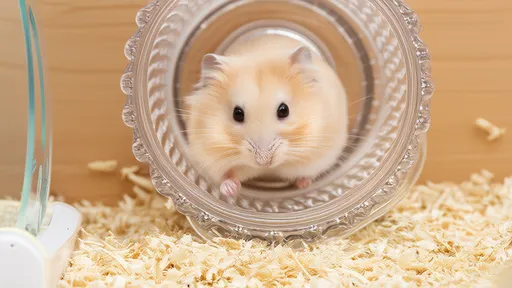
By /Aug 20, 2025

By /Aug 20, 2025

By /Aug 20, 2025
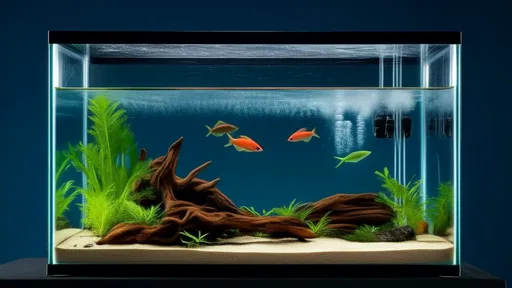
By /Aug 20, 2025
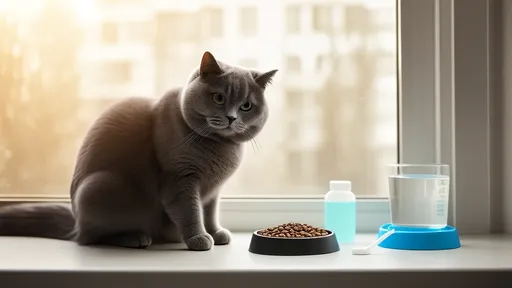
By /Aug 20, 2025

By /Aug 20, 2025

By /Aug 20, 2025

By /Aug 20, 2025
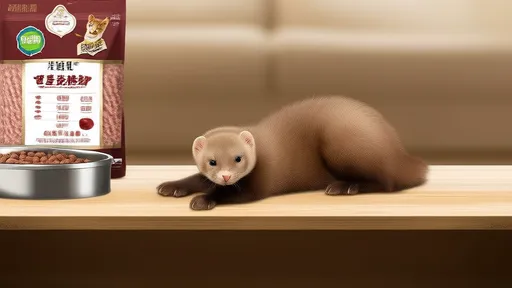
By /Aug 20, 2025

By /Aug 20, 2025
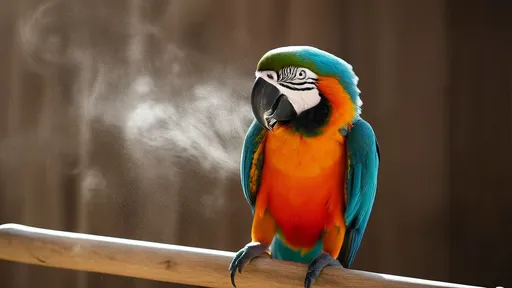
By /Aug 20, 2025

By /Aug 20, 2025

By /Aug 20, 2025

By /Aug 20, 2025
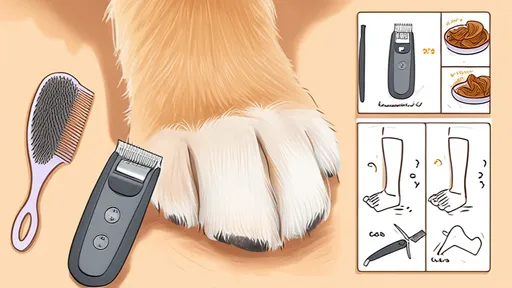
By /Aug 20, 2025

By /Aug 20, 2025

By /Aug 20, 2025

By /Aug 20, 2025
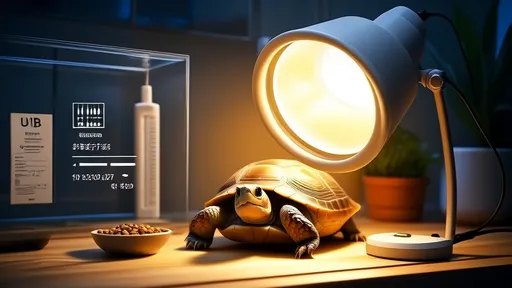
By /Aug 20, 2025